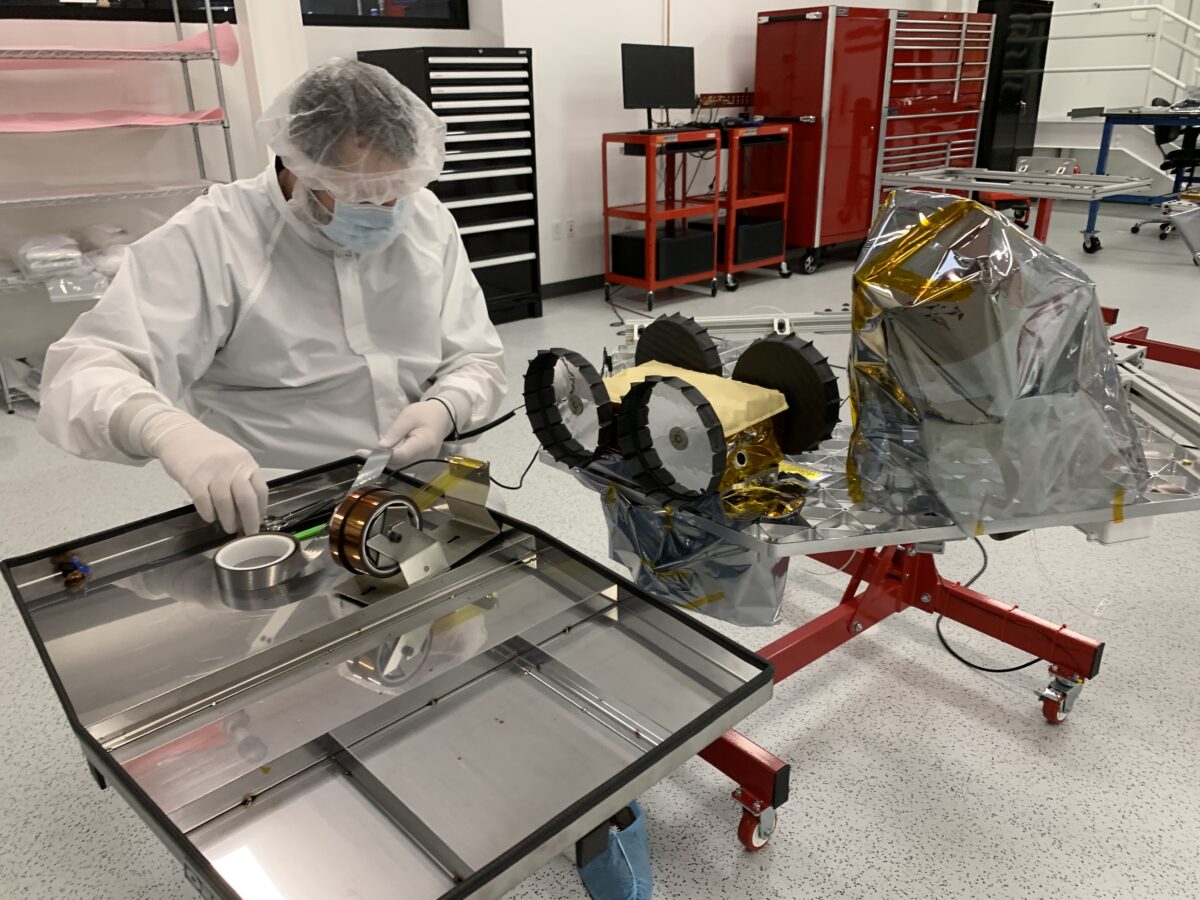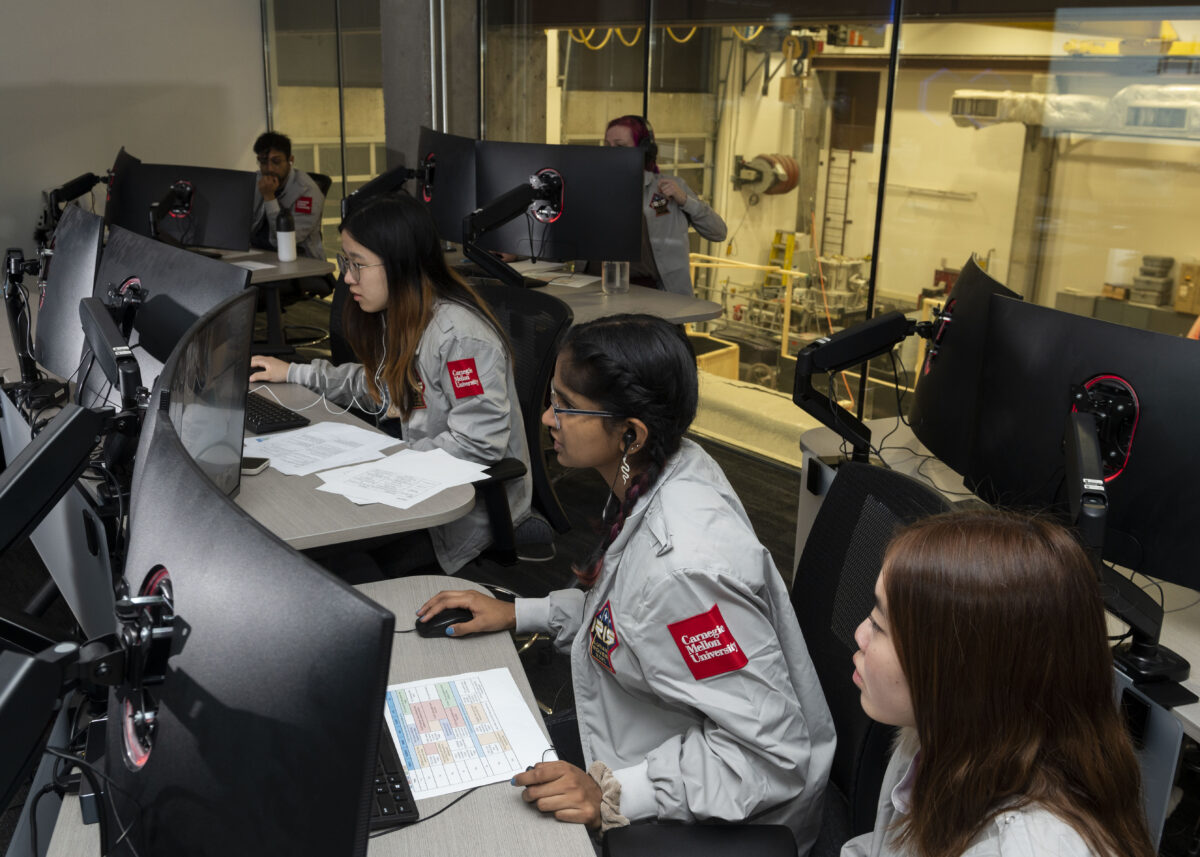Come May 4, as Star Wars fans are commemorating Luke and Leia, Carnegie Mellon University will be celebrating its Iris rover’s launch to the moon.
Weighing roughly four pounds, the Iris will be the first American-developed rover to land on the moon, the first lunar rover not produced by a national agency, and the first student-made rover.
With the big day a month away, on Tuesday, members of the Iris team provided an update about what to expect when the rover journeys to the moon attached to Astrobotic’s Peregrine Lunar Lander, while explaining the significance Iris holds for the university.
“Over 300 students have been partaking in Iris over the years [and] have helped make this a reality today,” Iris Program Manager Raewyn Duvall said during a livestream from Carnegie Mellon Mission Control. “It’s been an incredible journey through over a century of human hours put into this project.”

The Iris rover is part of a larger effort to develop spacecraft at the university which began with a big win at the Google Lunar XPRIZE competition in 2014. Later this year, the Iris rover’s parallel project, also in partnership between the North Side-based Astrobotic and CMU, is the MoonRanger, an autonomous lunar rover funded by a $5.6 million development grant from NASA.
After years of trial and error, Duvall said, the team is proud to have made something that they hope will widen the path to space for everyone.
Former Mechanical Team Lead Nicholas Akuna noted that the Iris was built to withstand the moon’s harsh conditions. Space can be a difficult place to design for, he said, so the team constantly balanced keeping the rover compact while ensuring it’d be able to survive.
“We have to be able to survive all those different temperature extremes without using power,” he said. “On top of all that, we had to pioneer a totally new design to be able to do all of this while being light.”
The team settled on a four-wheel-drive, skid-steer platform in order to create something small enough to avoid wasting any mass on suspension in the way that many larger rovers do. Another factor the team had to account for was ensuring that the rover could survive the drop to the moon’s surface.
“In order to save mass, we don’t have a ramp, we don’t have a fancy mechanism to deploy us, we just have to survive the drop down to the lunar surface,” Akuna said. “So we did a number of tests to make sure we can survive that landing impact even if it’s on a rock or if it’s on a slope.”

Mission Control Lead Nikolai Stefanov said next for the Iris rover is passing engine tests from the United Launch Alliance, the university’s rocket provider. Should it pass, the engines will be integrated on board and fueled and ready by May 3. The university is currently training students to act as operators on launch day.
“We’re training over 40 students from all over the university, from all over the world,” Stefanov said. “We want nothing more than simply the moon to make the grade with this operation. So right here, all the commands in this very room you’re standing in, all of that will be sent from that computer right over there and be pipelined all the way up over 200,000 miles away.”
Ultimately, the team is hoping for a smooth launch and a rover that meets the university’s expectations once it’s in space.
“If the miracle of spaceflight happens, if the rovers survive the harsh and lunar environment that test day,” Stefanov said, “and if we can train operators, we can come together as a team and [make] this final push, then simply, there’s nothing else to say other than ‘See you on the moon.'”







